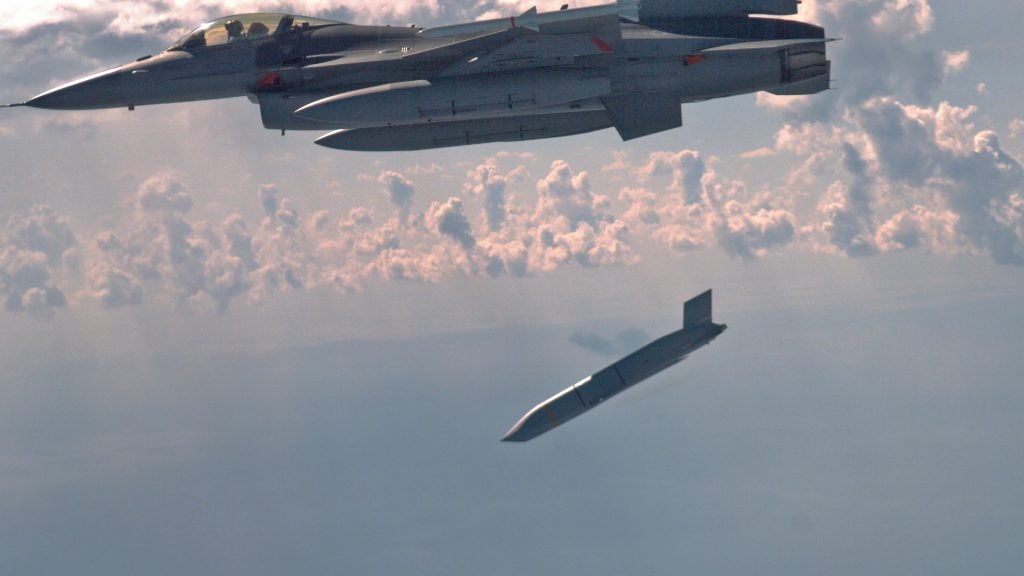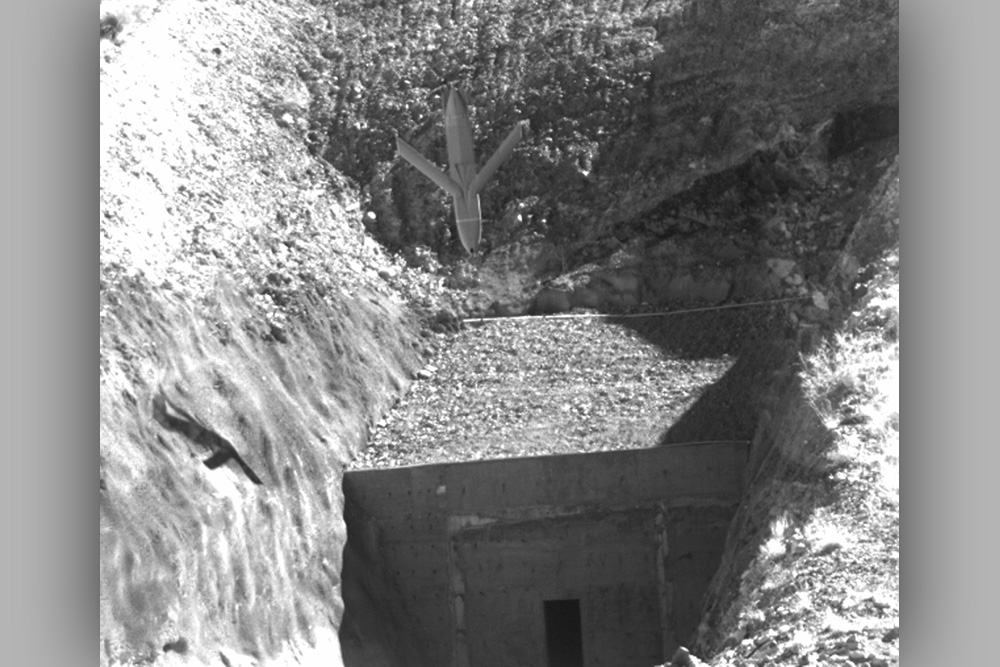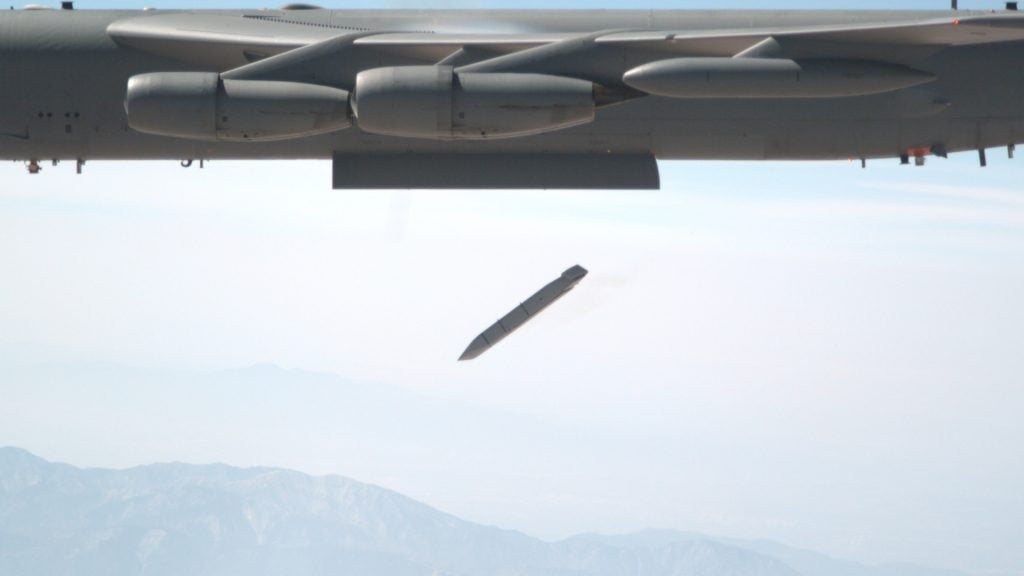Lockheed Martin Building Dedicated Factory for JASSM and LRASM
Lockheed Martin has begun work on a new factory for the production of the JASSM family of cruise missiles. This factory will enable the company to build the large ongoing and expected orders of JASSM, JASSM-ER, and LRASM. The factory will be located in Troy, Alabama, and should be completed and producing missiles by 2021.
The Joint Air-to-Surface Standoff Missile family is currently made up of three types. The AGM-158A is the baseline model, with a reported 370 kilometers of range. The AGM-158B JASSM-ER increases this range by way of a larger fuel tank and more efficient engine, and has a reported range of 1,000 kilometer range. The final variant is the AGM-158C Long Range Anti-Ship Missile, which is not yet in service. All variants have advanced GPS/INS navigation, satellite and line-of-sight datalinks, and terminal homing Imaging Infrared Seekers. For many years the DoD’s air arms have lacked a universal air launched cruise missile. This is changing as JASSM entered service in 2009 and JASSM-ER in 2014. Both can be carried and fired from Navy’s Super Hornets as well as Air Force tactical and strategic platforms. LRASM will also be a tri-service weapon, being incorporated into the weapons software on the F-35, and being carried by Super Hornets and B-1Bs as well.

Establishing a new factory for the JASSM family is a large investment, and suggests that the DoD and foreign customers plan to buy the missiles in significant quantities. The long range will be necessary for any conflict in WESTPAC, and the ability of all the air arms to coordinate their fires with the same weapon will make mission planning significantly easier. There are also significant logistical benefits to a universal stand-off weapon. However, Lockheed is evidently expecting a long term production run for the weapon, which raises several questions.
The DoD stockpiles missiles, bombs, and other ordnance in the interests of having stores should a war break out. It is understood that unlike WWII, a great-power conflict today will be fought with what is in store, not with what can be produced. Therefore significant stocks of munitions must be available, of which small numbers will be consumed for training, testing and development, and the other minor uses of such weapons. For example, despite only having a single combat aircraft shoot-down since the turn of the millennium, the Navy has stockpiled somewhere over 10,000 AIM-9X short-range heat seeking missiles. The first big question therefore, is what is the baseline for the JASSM family? The second is how many international orders are expected? There are at present several international customers of the family, Australia, Poland, and Finland, though the size of their air forces are fractional compared to the US.

Finally, it should be asked why now? It was nine years from the JASSM’s induction to service in 2009 to it’s first use in 2018 to strike a Syrian chemical weapons factory. In that time, dozens of Tomahawk ship and submarine launched cruise missiles have been fired into Syria and Iraq, and likely elsewhere as well. Is it the introduction of LRASM that has finally rendered the current factory incapable of keeping up with orders? Is it just the DoD being paranoid and stockpiling when they can get the funds? Or have the various instances of saber rattling instigated by this administration convinced the DoD that it needs to be ready for a conflict to break out very suddenly without the normal prelude and expected increase of tensions that normally precedes such things?
We may not know the reasoning, but publicly available numbers suggest a baseline stockpile of over 5,000 of the missiles of all types, which may well be worth the investment from Lockheed all on its own.

